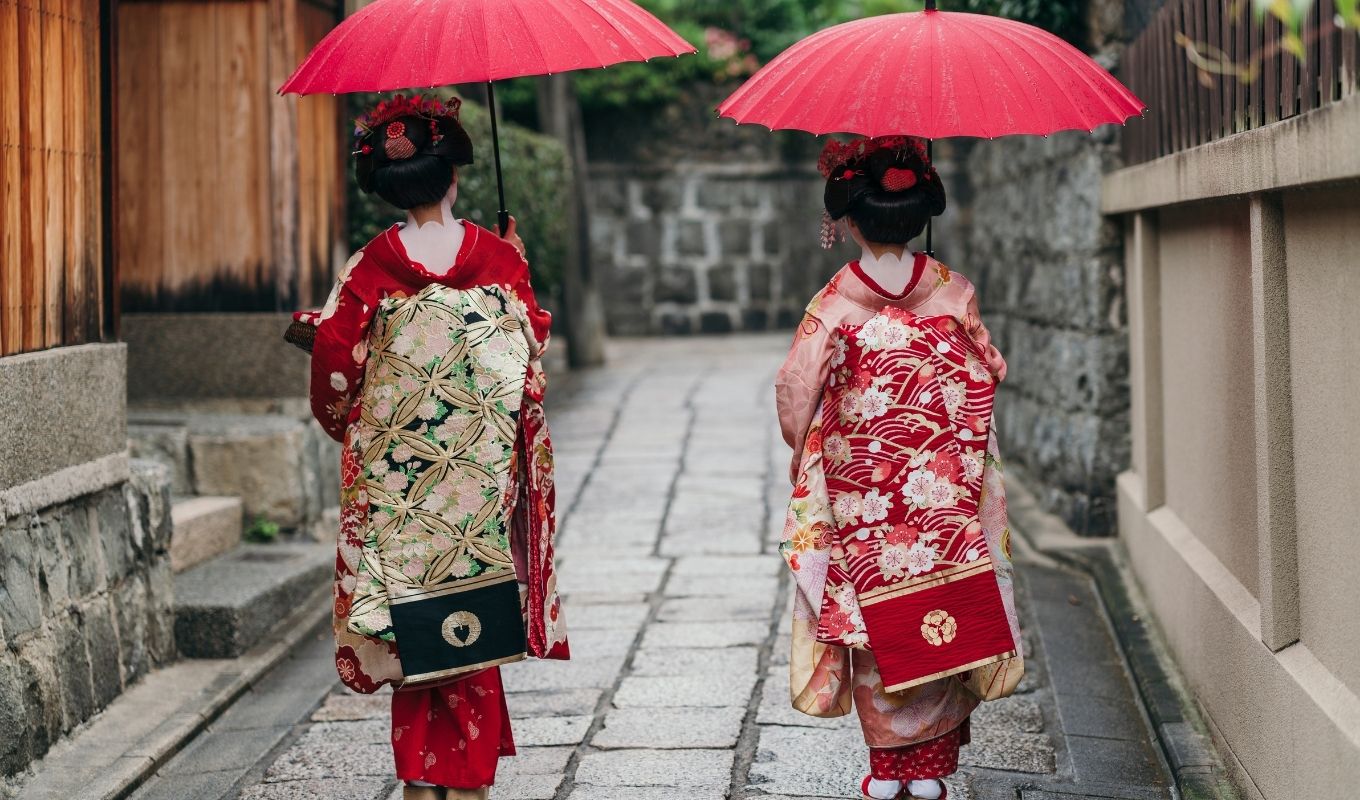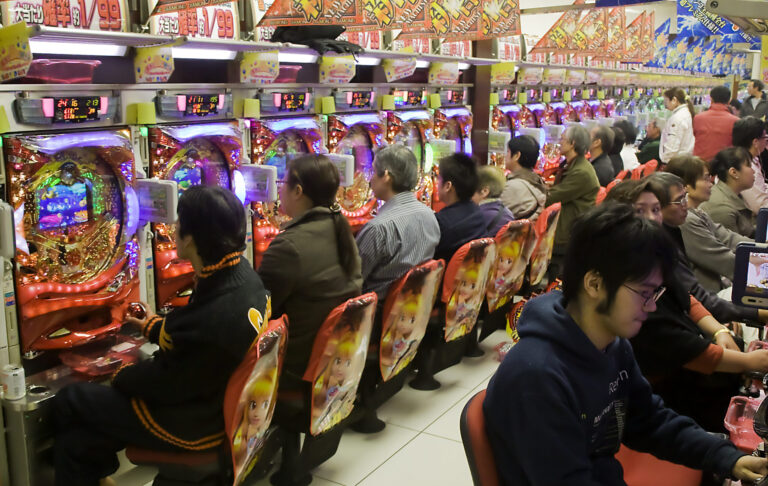“Geisha” means “artist” in Japanese. The geisha of Japan are cultural icons who preserve the Japanese custom of putting the guest on a pedestal through their hostessing, conversational dexterity, poetry recitation skills, dance and/or music talent, and attire.
Dressed in ornate kimono and, depending on their age and skill level, featuring a face painted in white with bright red lips, the geisha, or “geiko” as they are sometimes known, have a striking appearance. While in the 1920s there were around 80,000 geisha in Japan, today there are somewhere around 1000 to 2000.
History and Profession Of Geisha
The first geisha were women who danced for samurai while dressed in elaborate court apparel in the 11th century. Geisha blossomed in the 18th century into a regulated profession, complete with geisha houses (okiya), apprenticeships, and government taxation.
Geisha are the ultimate hostesses. They are primarily responsible for providing culturally relevant entertainment for the men (and in modern times women as well) who patronize their services. While servants and waitresses serve food and drinks, geisha pour sake for their guests, as this is considered a hostess’ duty.
The geisha make sure that all of their guests enjoy themselves and feel engaged in the party. They are known for their sharp wit and intelligence; they lead conversations and keep guests amused by touching on cultural topics, literature, art forms, current events and even the occasional dirty joke. They also lead drinking games!
Geisha may specialize in one or more of the following arts: dancing, singing, shamisen (a sort of three-string guitar), flower arranging, and tea ceremony. During a party or for special engagements, the geisha entertains her guests with her talents.
As the geisha is the ultimate hostess, the exact nature of an evening with a geisha depends on the guests’ tastes and desires. The geisha can be witty and bawdy if her guest likes or intelligent and decorous if her guest does not appreciate low-brow humor.
She will devote more time to leading conversation and games or displaying her artistic talents, depending on the guests’ tastes. And it is a geisha’s duty to discern the guests’ tastes without asking.
Apprenticeship
As with any cultural trade, becoming a geisha requires years of apprenticeship. The young geisha you might see with long kimono sleeves that hang almost to the ground, a red collar protruding from the back of her kimono, and white makeup is called a maiko. A maiko is an apprentice geisha between the age of 15 and 22 who studies under an oneesan (an honorary title that means “older sister”) geisha and performs with her for five to three years before her own debut.
However, not all modern geisha start off as maiko. Young women who begin training in their late teens or early twenties may debut as a full-fledged geisha after one to three years of training. The geisha profession is very competitive and there are far more applicants than there are vacancies.
A maiko becomes a full-fledged geisha at around age 20 to 22 after a ceremony called erikae, “the turning of the collar.” The geisha will now wear a white collar, a kimono with shorter sleeves, and more natural-looking makeup. Over time, the geisha wears less and less makeup and a more simplistic hairstyle, only donning the white makeup foundation for special performances.
Geisha may have children as they get older but are expected to retire should they choose to get married. If they have daughters, it is likely that their daughters will train to become geisha as well.
Prostitution?
Many people unfamiliar with Japanese culture think of geisha as “Japanese prostitutes.” This belief was perpetuated after the American occupation of Japan following WWII when actual Japanese prostitutes of the time dressed like geisha and American servicemen, knowing nothing about the geisha customs, took them at their word to be “geisha.”
Although geisha may have a danna—a wealthy, potentially even married, patron who financially sponsors a geisha’s cultural studies—a geisha and her danna are not necessarily sexually involved, but they may be, at the geisha’s discretion.
For hundreds of years the geisha occupation offered women one of the most independent and enviable lifestyles. Becoming a geisha allowed a woman to earn her own keep and form a family unit with other women at the okiya (geisha house), in which men were unable to interfere. Modern geisha are independent women of whom no sexual services are expected on a professional level.



